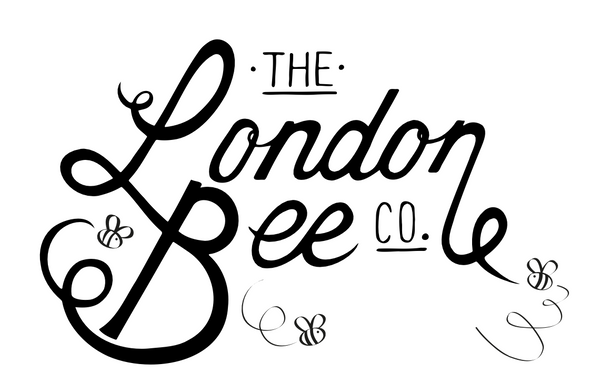Finally the start of the Beekeeping Season
•Posted on March 24 2014

Winter is the quiet period for the beekeeping year and there is generally not much to be done in terms of active beekeeping. I’ve not had much time to update the project page, but finally as the season starts, I’m dedicating all my time to the project now.
Winter Update
Before I get into the current goings on in the apiary, I’ll just update you with what happened over the winter months.
Treating for Varoa – At the end of October I did a varoa check and fortunately the count was very low. None the less I treated the bees for varoa mite using Apiguard – Apiguard is a slow release gel that ensures correct dosage of its active ingredient, thymol. Thymol is a naturally occurring substance derived from the plant thyme.
After the 6 week treatment, I closed up the hives, put the mouse guards on and let the bees settle for the cold months.

You can see the mouse guard on the front of this hive helping us keep the naughty mice out of the warm hives
Feeding Fondant – Bees tend to be fine with the cold, instead it is excess moisture or the lack of stores that often leads to starvation and loss of colonies. Being a weird kind of winter I did have to check up on the bees before Christmas and placed fondant patties as an emergency store for the colonies, just in case they used up their own stored honey
Treating for Varoa again – during the coldest part of the winter, the queen greatly reduces laying eggs and sometimes even stops laying all together. This tends to happen over the New Year period and is a great time to treat for varoa once again using Oxalic acid (an organic acid). Oxalic acid is a short-lived treatment that only kills mites that are living on the bees (ie. those in a phoretic state). It does not kill mites that are in the brood. When there is brood present in a hive, only about 15% of the mite population are normally on the bees (ie. the rest, 85% are in the brood). It follows, therefore, that oxalic acid works best on colonies that are broodless at the time of treatment.
Fondant? -At the time of treating, I found the bees had consumed a fair bit of the fondant and had to lay some more onto the hive frames just to make sure they had enough stores to last till the spring.

In the picture above, you can see the fondant inside the bag and bits of it on top of the frame where the bees had easy access to it.
Current Update
We’ve had some great weather over the last 2 weeks and when the temperature finally reached 20 degrees, I ventured out to do this year’s first Hive inspections.
As expected, the bees were busy enjoying the sunshine and were out in full force bringing in pollen to the hives. I found both queens alive and well but could not get a picture as I was alone and didn’t want to risk dropping the frames which had our queens. I did get a picture of the worker bees flying into the hives bringing the precious pollen though – see below

Growing Colonies – It was good to see that the colonies have started expanding and in a few weeks’ time the colonies should be in full swing providing the weather continues to be nice to us.
Conveniently the bees decided to line up for a nice little picture between the frames

Other News
Additional apiary site – I also have some other great news. I have managed to find another site for our second apiary. It’s fantastic as it’s set over 100 hectares of land and we can have a couple of sites set up around the area. Once we get started on the apiary I will get some more pictures of the Set up. In the meanwhile, here is a picture of part of the site.

Beehives, Nucs and equipment – I waited till after Christmas to make purchases of equipment. This was a good decision as after the Christmas period, there were lots of offers around and I managed to make the crowdfunding money go a little further. I did put as much of my own money in as I could and have also ordered 6 more nucs. This will mean that if the weather sustains itself, we should have between 8-10 colonies up and running by the end of spring.
I will continue to purchase more nucs as and when they become available and as I manage to save up more money – I’ll try to have a picture of the equipment up soon. It’s still all in boxes stored away safely.
Additional aims and objectives – I’m hoping that by the time we have honey ready for harvest I will have found a location where I can establish a little honey house from where the extraction and bottling can take place. Finding a cost effective processing location has been very difficult especially since we are in London. I’m hoping that someone can offer me some space or I can negotiate a cheap little work area in a disused space which I can kit out with the extractor and settling tanks etc .
More Posts
-
The Beauty of Honey...
Ever wonder what we do with our honeycomb? this is a little information of how we process all that leftover beautiful honeycomb
Read More -
The Art of Beeswax ...
Step into the world of BEESWAX CANDLESTICK making, where you’ll not only craft exquisite, eco-friendly candles but also unlock the secrets of beesw...
Read More



